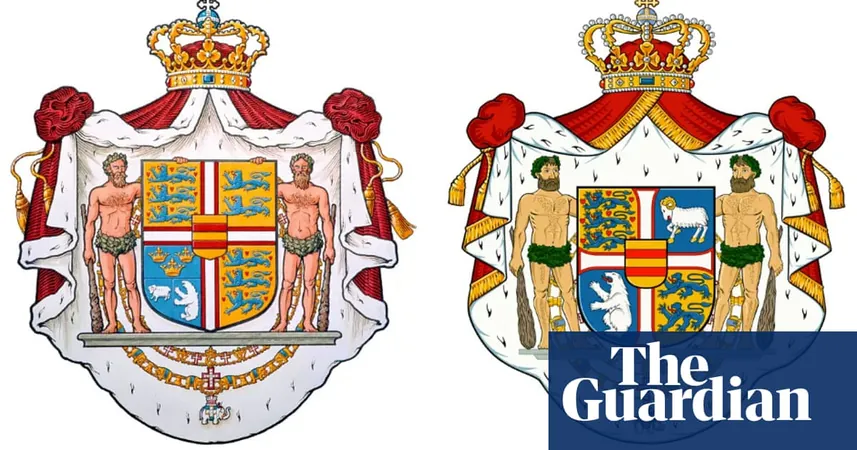
Danish King Makes Bold Move with Coat of Arms in Response to Greenland Debate
2025-01-06
Author: Chun
Danish King Makes Bold Move with Coat of Arms in Response to Greenland Debate
In a surprising and significant move, King Frederik X of Denmark has altered the royal coat of arms to prominently include symbols representing Greenland and the Faroe Islands. This decision comes amid rising tensions surrounding Greenland's political status and a contentious request from former U.S. President Donald Trump to purchase the island, an autonomous territory of Denmark.
Since ascending the throne on New Year’s Eve 2023, King Frederik has wasted no time in demonstrating his commitment to maintaining Greenland as an integral part of the Danish kingdom. The revised coat of arms replaces the long-standing three crowns—historically symbolic of the Kalmar Union that united Denmark, Norway, and Sweden—with a bold polar bear representing Greenland and a ram for the Faroe Islands.
This decision is particularly timely, as it reflects the ongoing conversations about Greenland's independence. Greenlandic Prime Minister Múte Egede has been vocal about his desire for agility in political autonomy, linking recent political discourse to painful historical events, including a forced contraceptive scandal from the 1960s and 70s. In his New Year address, he called for removing "the shackles of the colonial era," emphasizing a deep yearning for self-governance.
The royal household stated that the coat of arms—an important symbol used in official documents since at least the 12th century—now better represents the commonwealth of nations within the realm. The removal of the crowns is seen as a reflection of modern geopolitics and a response to the calls for independence from Greenland and the Faroe Islands.
Historians have expressed shock at this change, given the significant historical weight of the three crowns. The Swedish University of Lund’s professor Dick Harrison noted that the symbol had survived numerous historical upheavals, including wars and territorial losses. Its removal marks a "sensation," highlighting a transformative moment in Danish history.
Experts suggest that King Frederik's motives are also tied to his personal interest in Arctic affairs and the broader message Denmark wishes to convey regarding its territories. Royal commentator Lars Hovbakke Sørensen emphasized that this move underscores the King's commitment to the idea that Greenland and the Faroe Islands will remain a part of Denmark, signaling to the world that the status of these territories is non-negotiable.
As debates over Greenland's future continue, the government of Greenland has yet to publicly comment on the coat of arms alteration, but it undoubtedly adds another layer to the complex and evolving relationship between Greenland and Denmark, as both navigate their shared history and paths toward the future.
Stay tuned for more developments on this unfolding story that could reshape the political landscape of the Arctic region!
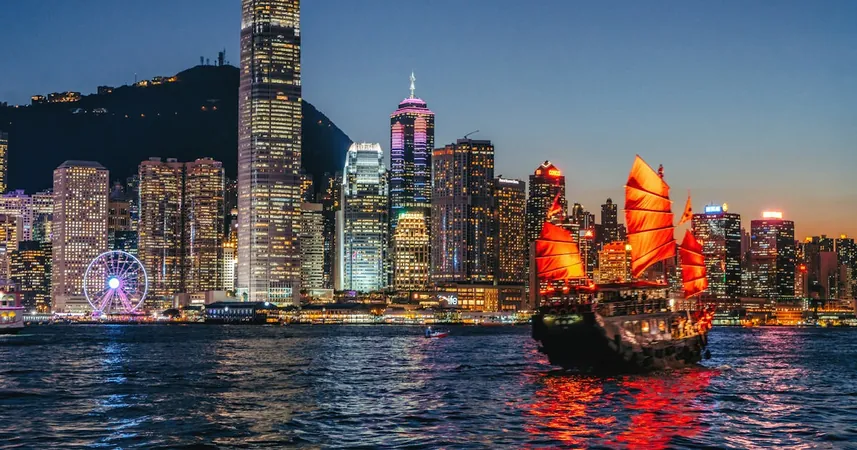
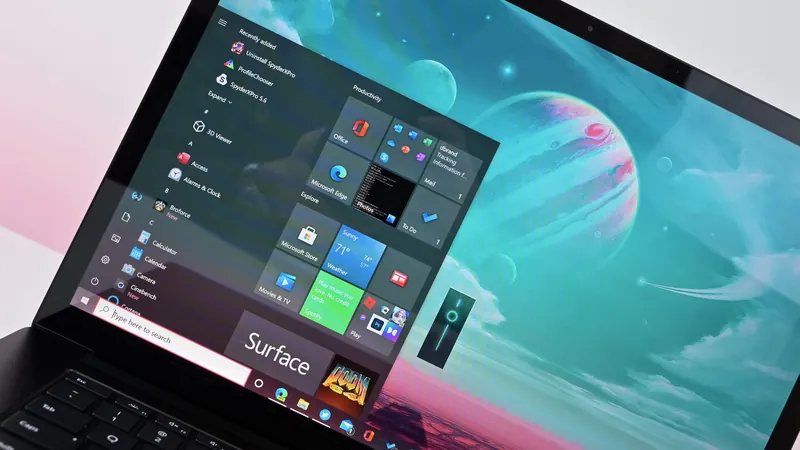

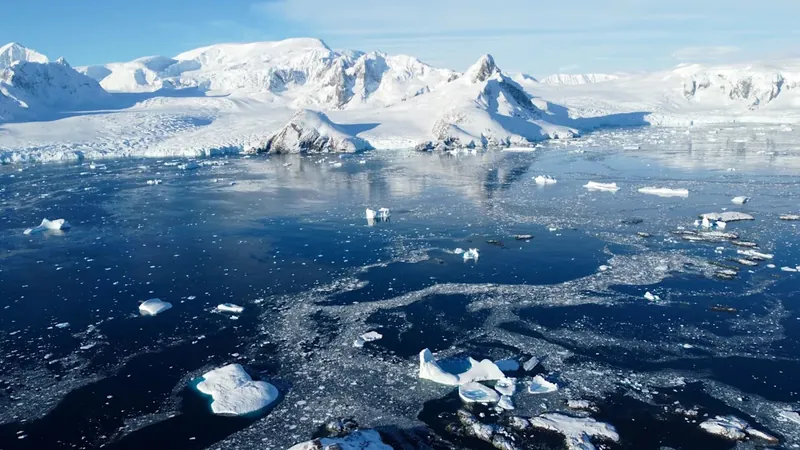
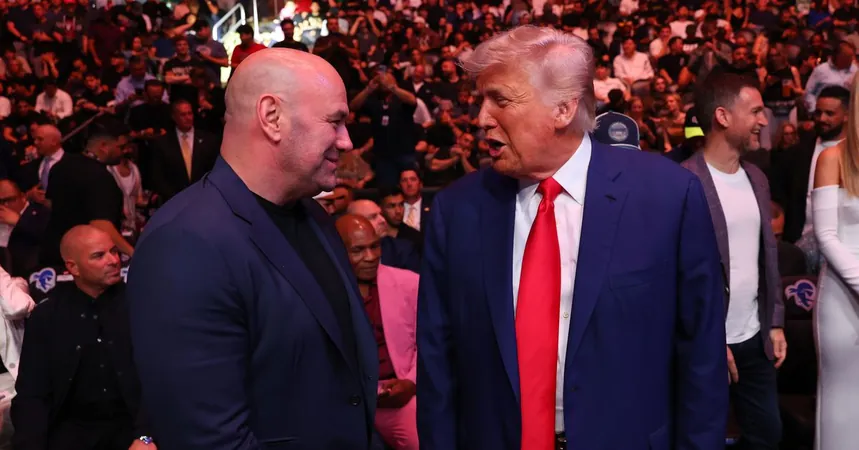

 Brasil (PT)
Brasil (PT)
 Canada (EN)
Canada (EN)
 Chile (ES)
Chile (ES)
 Česko (CS)
Česko (CS)
 대한민국 (KO)
대한민국 (KO)
 España (ES)
España (ES)
 France (FR)
France (FR)
 Hong Kong (EN)
Hong Kong (EN)
 Italia (IT)
Italia (IT)
 日本 (JA)
日本 (JA)
 Magyarország (HU)
Magyarország (HU)
 Norge (NO)
Norge (NO)
 Polska (PL)
Polska (PL)
 Schweiz (DE)
Schweiz (DE)
 Singapore (EN)
Singapore (EN)
 Sverige (SV)
Sverige (SV)
 Suomi (FI)
Suomi (FI)
 Türkiye (TR)
Türkiye (TR)
 الإمارات العربية المتحدة (AR)
الإمارات العربية المتحدة (AR)